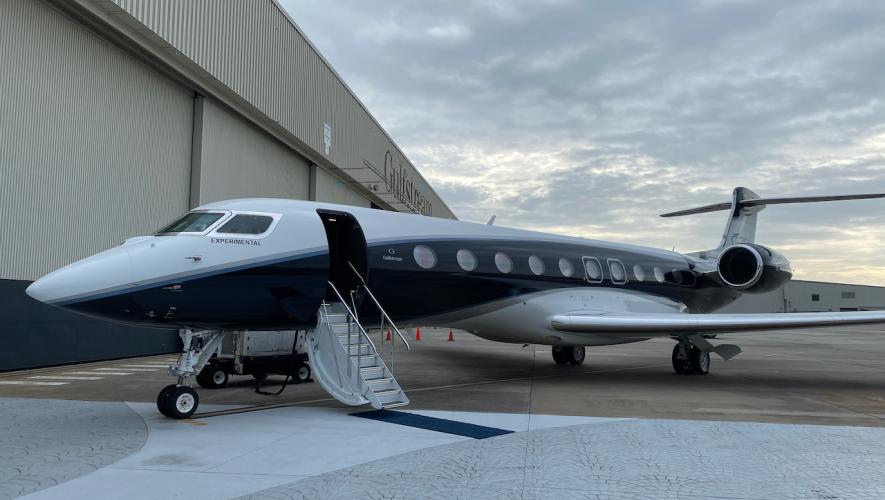MTU Aero Engines is stepping up efforts to support the adoption of hydrogen as a carbon-free fuel for air transport, with the start of engineering work for its joint project with the DLR German Aerospace Center to convert a Dornier 228 regional airliner. The partners expect to be ready to start ground testing subsystems during the second quarter of 2021 as they prepare for the first flight of the technology demonstrator in 2026.
The 19-seat aircraft, which has already been procured, will have one of its two Honeywell TPE331 turboprop engines replaced by a 500-kW electric motor, powered by electricity produced by hydrogen fuel cells. Under a partnership announced in early August, MTU will provide the propulsion system while DLR—the government-backed Deutsches Zentrum fur Luft und Raumfahrt agency—will be responsible for systems integration and certification. The partners will use the project, which has funding from the Bavarian state government, to validate MTU’s powertrain architecture.
At the same time, MTU says that it also views direct combustion of liquid hydrogen in gas turbine engines as a potentially faster means of adopting the alternative fuel. According to Dr. Stefan Weber, senior v-p of technology and engineering advanced programs, the required changes to the combustion chambers of engines could be made within “a few years” to allow for relatively easy modification of existing aircraft.
“There is a significant advantage in not having to change the current jet engines fundamentally and that means risk reduction in terms of the technology,” Barnaby Law, MTU’s chief engineer flying fuel cells, told AIN. “However, there are significant changes to the fuel supply system and infrastructure, so it is necessary to consider the overall environmental impact.”
In this regard, MTU evidently views hydrogen fuel cells powering new electric motors to be a better long term solution. Ultimately, the German company believes it could produce new propulsion systems able to power aircraft as large as the Airbus A320 and Boeing 737 narrowbody airliners.
This week, MTU said it welcomed Airbus’s recent announcement of plans for its ZeroE program to develop three possible concepts for hydrogen-powered airliners carrying between 100 and 200 passengers on flights of up to around 2,000 nm. “Hydrogen is a highly attractive future option for us as an engine producer as well,” said MTU chief operating officer Lars Wagner. “It should be used as a fuel right away.”
Law told AIN that there is growing consensus in the air transport sector around hydrogen being the most viable path to sustainability. In his view, some aircraft manufacturers will opt for direct hydrogen combustion while others pursue new a powerplant based on fuel cells. He added that direct combustion could be a first step for weaning some existing aircraft off jet-A fuel, to be followed by full conversion to fuel cells when these are available.
“The infrastructure questions isn’t a no-go item,” said Law. “The main question is how much [hydrogen] do you have to sell to make it economically viable.”
This story comes from the new FutureFlight.aero resource developed by AIN to provide objective, independent coverage, and analysis of new aviation technology, including electric aircraft developments.







